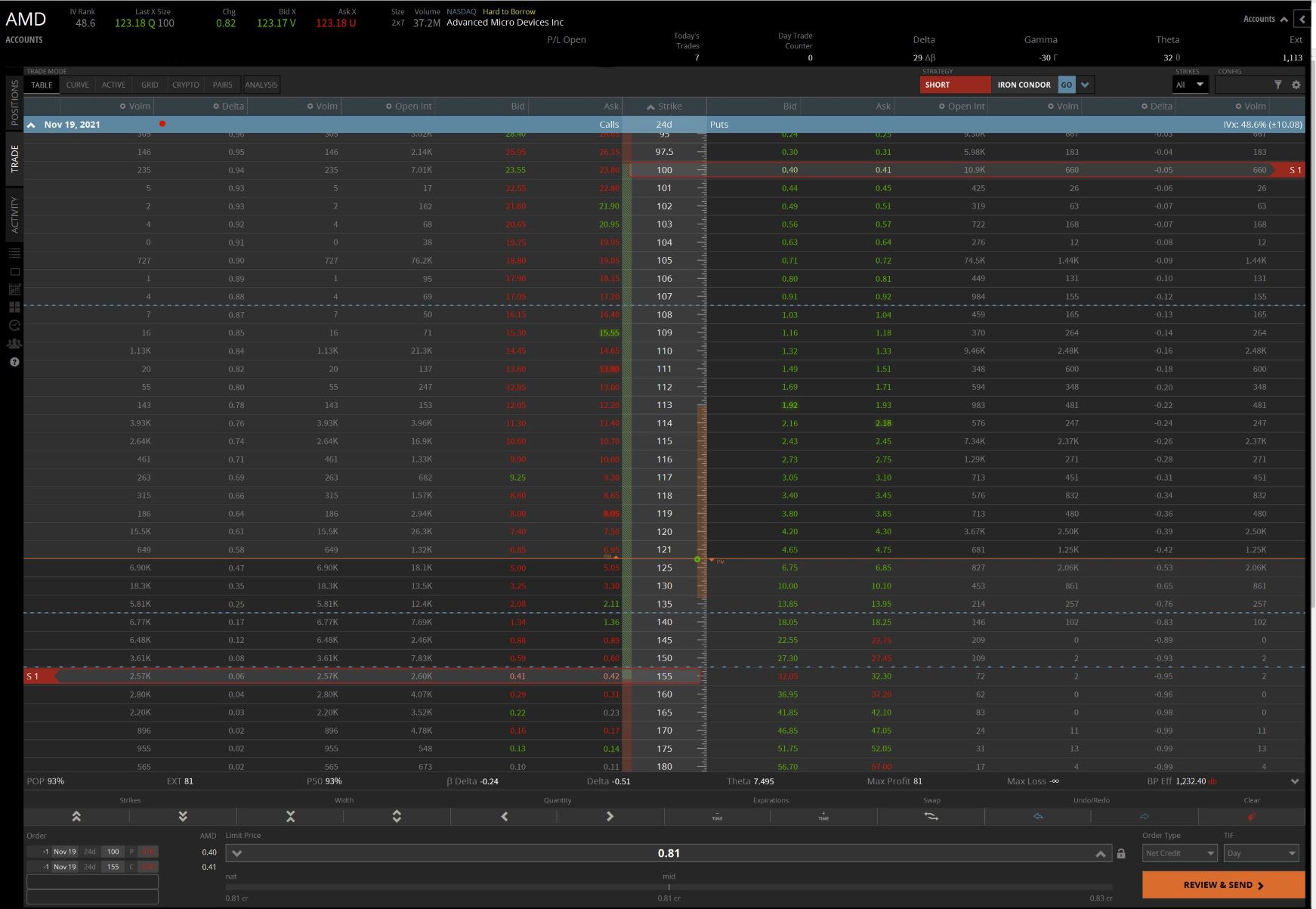Is Options Trading better than stocks?

Options trading and stock trading are both ways to invest in the stock market, but they offer different potential rewards and risks.
Options are contracts that give the holder the right, but not the obligation, to buy or sell an underlying asset at a specified price on or before a specified date. Options can be used to speculate on the future price of an asset, to hedge against risk, or to generate income.
Stocks are shares of ownership in a company. When you buy stock, you are buying a piece of the company. Stocks can be bought and sold on stock exchanges, and their prices can fluctuate based on a variety of factors, including the company’s financial performance, economic conditions, and investor sentiment.
Options trading can be more risky than stock trading because it allows you to control a larger position with a smaller amount of money. This can lead to large profits if the market moves in your favor, but it can also lead to large losses if the market moves against you.
Stock trading is generally considered to be less risky than options trading because it does not require you to predict the future price of the asset. However, stock prices can still fluctuate significantly, so there is always the potential for loss.
Which type of investment is right for you depends on your individual risk tolerance and investment goals. If you are a beginner investor, you may want to start with stock trading because it is less complex and less risky. If you are an experienced investor who is looking for ways to generate more income or reduce your risk, you may want to consider options trading.
How does options trading work?
Options trading is a type of derivative contract that gives the buyer the right, but not the obligation, to buy or sell an underlying asset at a specified price on or before a specified date. Options are traded on exchanges, and their prices are determined by supply and demand.
There are two types of options: calls and puts. A call option gives the buyer the right to buy the underlying asset at the strike price, while a put option gives the buyer the right to sell the underlying asset at the strike price.
The strike price is the price at which the option can be exercised. The expiration date is the date by which the option must be exercised.
When you buy an option, you pay a premium. The premium is the price you pay for the right to buy or sell the underlying asset. The premium is determined by a number of factors, including the strike price, the expiration date, and the volatility of the underlying asset.
If the price of the underlying asset moves in your favor, you can exercise your option and buy or sell the asset at the strike price. If the price of the underlying asset moves against you, you can let your option expire worthless.
Options trading can be a very profitable way to trade, but it can also be very risky. If you are not experienced in options trading, you should consult with a financial advisor before you start trading.
Here are some of the benefits of options trading:
- Potential for high returns: Options can provide the potential for high returns, especially if the underlying asset moves significantly in your favor.
- Leverage: Options allow you to control a larger position with a smaller amount of money. This can magnify your profits, but it can also magnify your losses.
- Flexibility: Options can be used to speculate on the future price of an asset, to hedge against risk, or to generate income.
Here are some of the risks of options trading:
- Limited downside protection: If the price of the underlying asset moves against you, you can lose all of the money you invested in the option.
- Complexity: Options trading can be complex and difficult to understand.
- Volatility: Options prices are highly volatile and can fluctuate significantly.
If you are considering options trading, it is important to understand the risks involved and to develop a trading plan that fits your investment goals and risk tolerance.
Can you do options trading with $100?
Yes, you can do options trading with $100. However, it is important to note that options trading is a risky investment, and you should only trade with money that you can afford to lose.
Here are some tips for options trading with $100:
- Start with smaller contracts: When you are first starting out, it is best to start with smaller contracts. This will help you to limit your risk and to learn the ropes of options trading.
- Choose liquid options: Liquid options are options that are traded frequently and have a high volume of trading. This will make it easier for you to buy and sell your options without having to worry about the price moving against you.
- Use technical analysis: Technical analysis is a method of analyzing historical price data to predict future price movements. This can be helpful in identifying opportunities to buy and sell options.
- Have a trading plan: Before you start trading, it is important to have a trading plan. This will help you to stay disciplined and to avoid making emotional decisions.
It is also important to note that options trading is not a get-rich-quick scheme. It takes time and effort to learn how to trade options successfully. If you are looking for a quick way to make money, you should look elsewhere.
If you are considering options trading, it is important to understand the risks involved and to develop a trading plan that fits your investment goals and risk tolerance.
Can you really make money with options trading?
Yes, you can make money with options trading. However, it is important to understand the risks involved and to develop a trading plan that fits your investment goals and risk tolerance.
Here are some of the ways you can make money with options trading:
- Call options: When you buy a call option, you are betting that the price of the underlying asset will go up. If the price of the underlying asset goes up, you can exercise your option and buy the asset at the strike price, which will give you a profit.
- Put options: When you buy a put option, you are betting that the price of the underlying asset will go down. If the price of the underlying asset goes down, you can exercise your option and sell the asset at the strike price, which will give you a profit.
- Covered calls: When you sell a call option, you are obligated to sell the underlying asset at the strike price if the buyer exercises their option. You can use this strategy to generate income from your investment in the underlying asset.
- Protective puts: When you buy a put option, you are protecting yourself from losses if the price of the underlying asset goes down. This can be a good strategy if you are concerned about the risk of your investment in the underlying asset.
It is important to note that options trading is a risky investment, and you should only trade with money that you can afford to lose. If you are not comfortable with the risks involved, you should not trade options.
Additional Resources
https://www.theocc.com/Company-Information/Documents-and-Archives/Options-Disclosure-Document
https://moneyvikings.com/2023/05/robinhood-cashapp-cash-back/
https://moneyvikings.com/2023/04/investing-trifecta-to-create/
https://moneyvikings.com/2023/02/7-ways-to-become-a-401k-winner/

